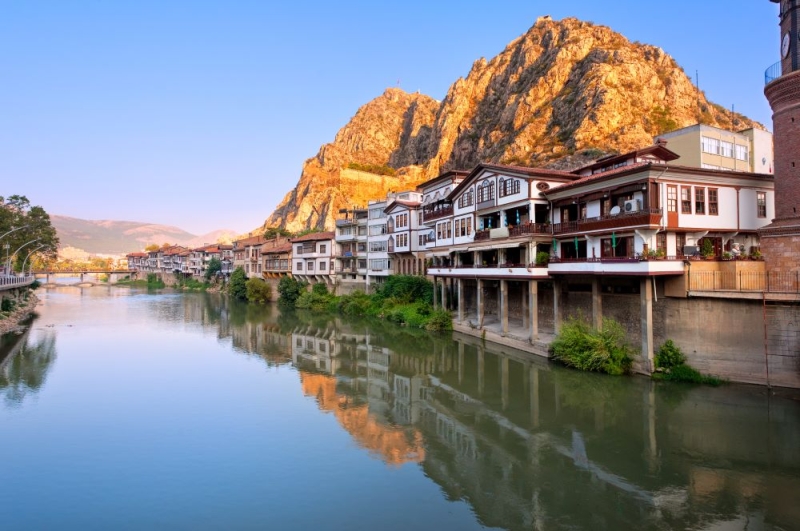
After the start of the pandemic, another one was added to the standard associations with Turkey – Istanbul, all inclusive and bloggers against the backdrop of hot air balloons: the country of transfers.
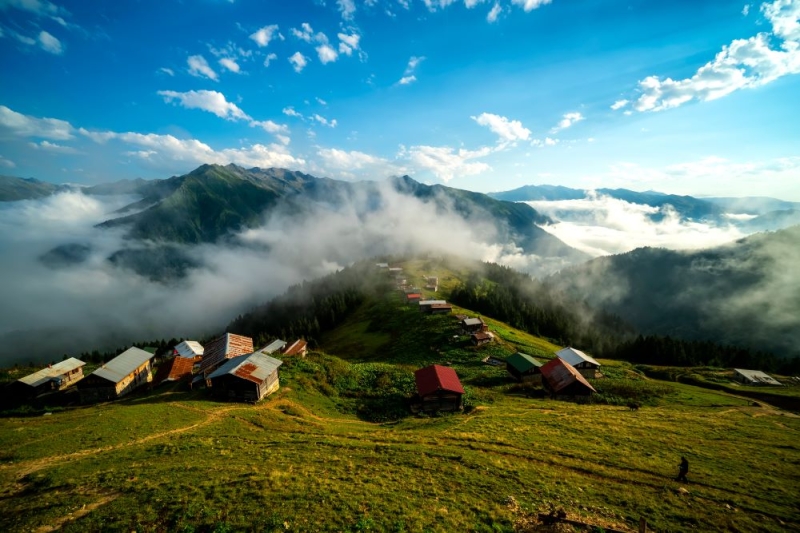
Meanwhile, Turkey itself deserves much more attention than is usually paid to it. Hidden in the depths of the country are locations and attractions that can surprise even seasoned travelers. Here is a simple but interesting route for 10 days.
You can start your round the world tour of Turkey from Istanbul. The cost of the flight is 10,400 rubles* per person round trip. Renting a car will cost a traveler from 2000 rubles* per day.
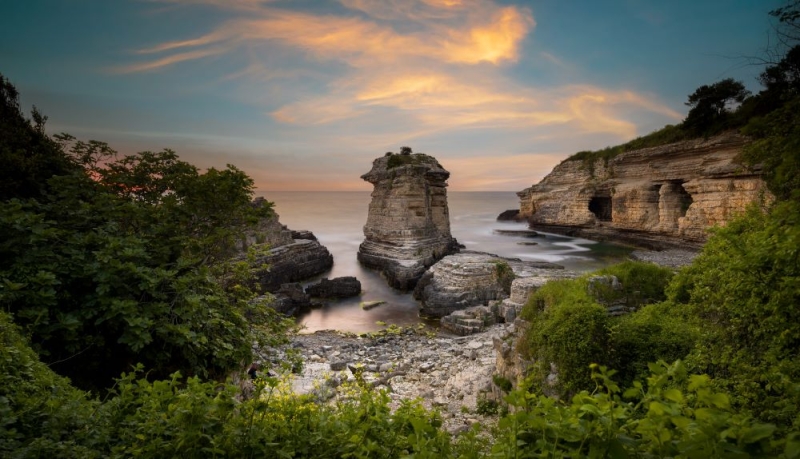
It takes about two hours to travel from Istanbul to Kerpe. This is one of the smallest resorts on the Black Sea coast of Turkey. It is famous for its picturesque rocky coast, indented by large grottoes and small caves. This relief is the result of thousands of years of effort by the ebb and flow of the Black Sea. The rock complex looks especially photogenic when lit from the side – at dawn or sunset. In the summer months, vacationers dive into the clear water directly from the cliffs, although this is not very safe. And of course, rock climbers train on steep walls all year round.
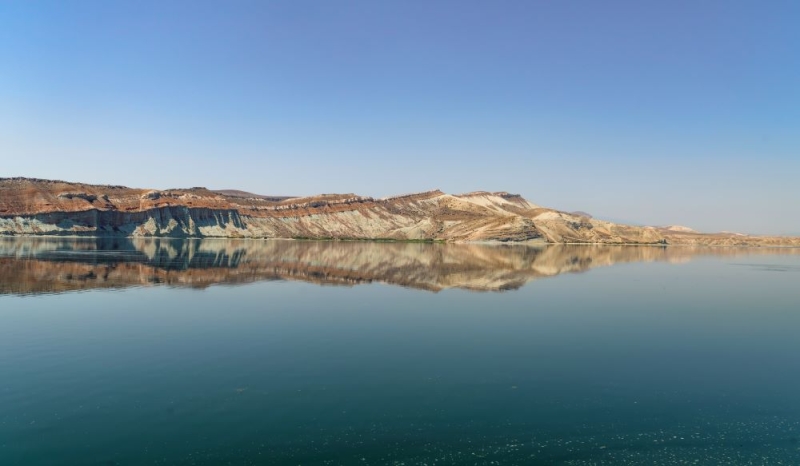
200 km southeast of Kerpe there is a city Nallykhan. In itself, it is not particularly interesting, but there is the Saryyar reservoir within a 20-minute drive. From its banks there is an amazing view of the rainbow hills, almost like in Peru. Red, brown, yellow and gray are the predominant colors of the surrounding landscape, which was formed due to tectonic activity and the variety of minerals in the depths of this area. You can drive up to the hills and even try to climb one of them. When viewed from above, the relief resembles a cut of smoky agate. This place is still little known to tourists, which plays into the hands of curious travelers – there are always few people here.
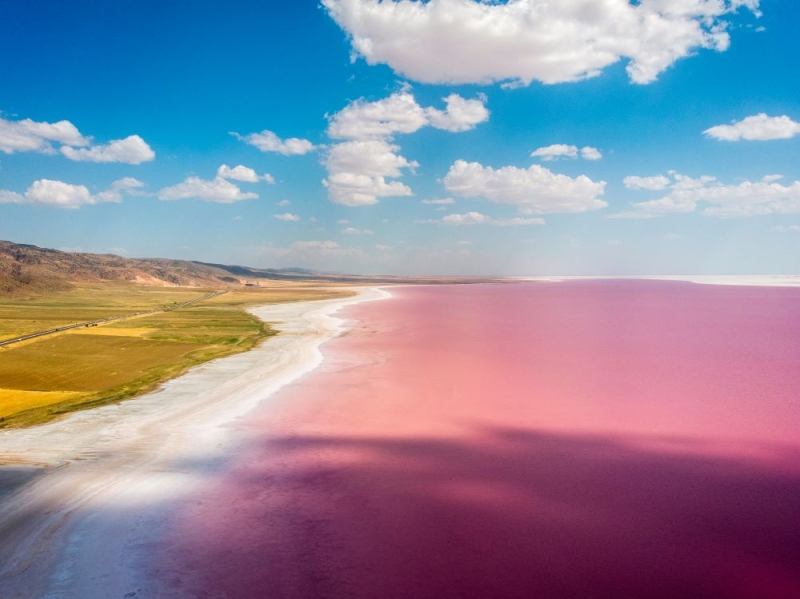
But Lake Tuz, which is 250 km from the hills and an hour and a half drive from Ankara, has many more visitors. This is the second largest freshwater body of water in Turkey, but unlike the first, Lake Van, it is not deep at all. The salinity of Tuza water reaches 340 ‰, that is, the saturation of sodium chloride here is much higher than in the Dead Sea. A distinctive feature of the lake is that the water is literally teeming with salt-water single-celled organisms, which color the reservoir in shades of red: from rich fuchsia to delicate lilac, depending on the time of year and the amount of precipitation. Apparently, in order to impress visitors with the aesthetics of pink, flamingos sometimes fly to the lake. Travelers share information that they can most often be found in the southern part of the reservoir. But the appearance of sunset children always remains an unpredictable attraction and cannot be predicted.
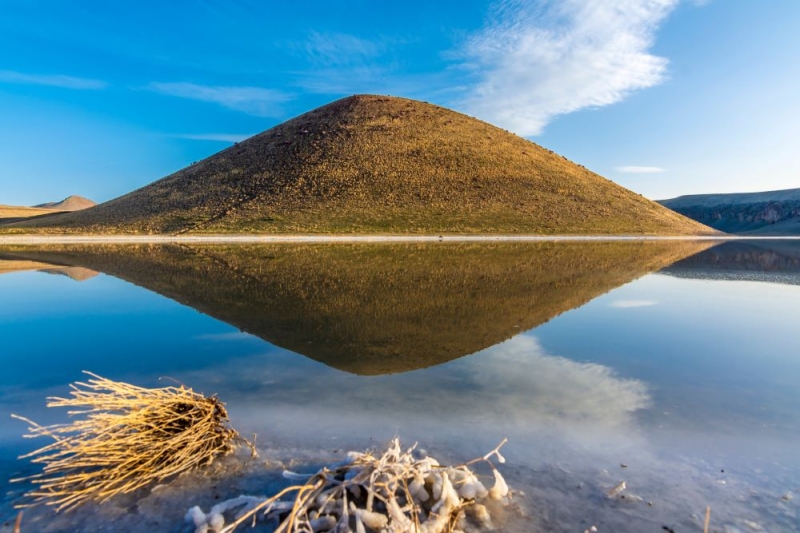
An hour and a half drive from the southern point of Tuz there is another little-known, but very unusual body of water: Meke Crater Lake. It was formed in the crater of the Karapinar volcano. The last lava eruption about eight thousand years ago formed another cone inside the crater, which looks like a fortress surrounded by a moat of salt water.
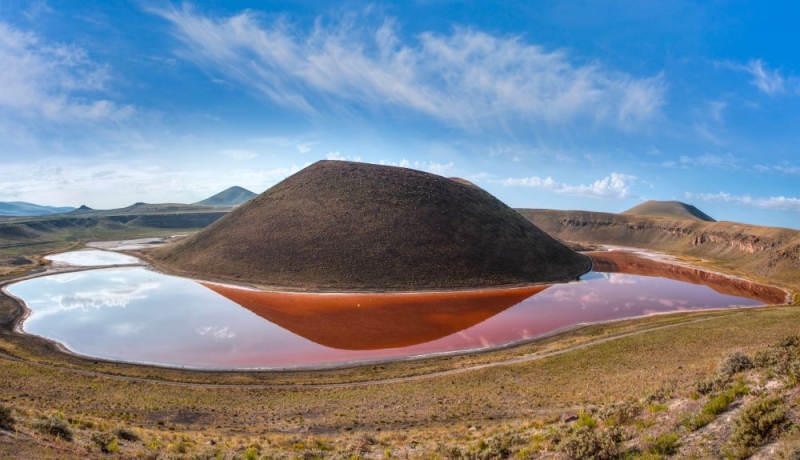
True, you can see this “ditch” only after heavy rains: the groundwater level in the region is critically low and only internal resources are not enough to maintain the lake in its original flooded state. Despite this, such a “sample” of the crater lake will be of interest to those who cannot yet get to the Krenitsyn volcano in the Kuril Islands.
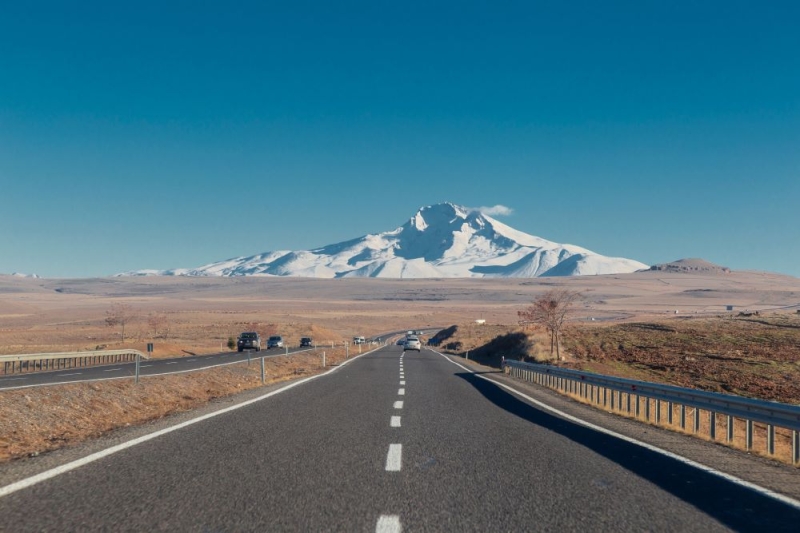
Stratovolcano Erciyes, belonging to Taurus Mountains, fell only a few hundred meters short of the title of four-thousander, but nevertheless is one of the most famous Turkish ski resorts. The most beautiful thing here is the mountains themselves. And to get to know them better, it is best to choose one of the hiking routes Aladaglar Nature Park: rocky slopes, steep ascents and equally steep descents – a real gift for those who loves hiking. If they are not yet attractive, you can limit yourself to getting acquainted with the stunning Kapuzbashi waterfalls, located almost in the center of the mountain range. This is a natural complex consisting of seven waterfalls, each of which is unique. You can also just drive through the mountains on a flat toll road and feel like you’re traveling through the US Rocky Mountains.
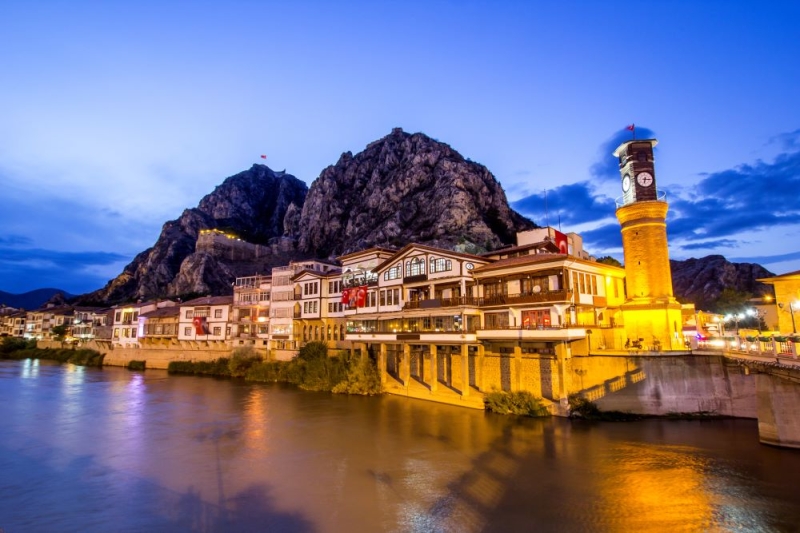
It will take six hours and about 400 km to move to the north of the country, to the center of the province Amasya– a city of the same name with a population of about 80,000 inhabitants. The settlement itself is located at the bottom of the valley under the slope of Mount Harshena. It stretches along the banks of the Yesilirmak River and is famous only for its abundant harvest of apples. The Turks even call Amasya the apple capital of Turkey. But just north of the city, on the rocky slope of Kharshen, you can find tombs of the Pontic kings carved in stone. They differ from similar ones in Lycia and other places in that they have external walls, that is, in fact, they are separate structures carved inside the rock. An ancient fortress is being restored at the top of Kharshen, and at the eastern entrance to the city you can see the remains of an ancient aqueduct.
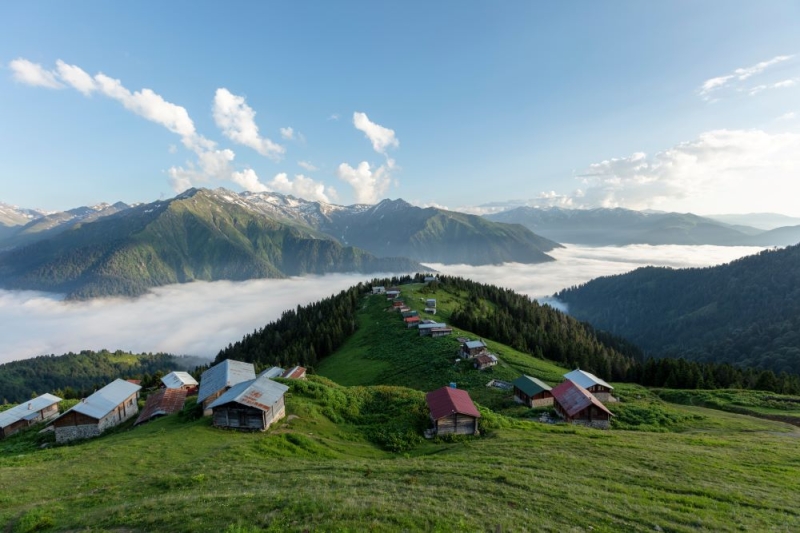
The next three days will be spent in the northeast of the country, which bears little resemblance to Turkey. Rather, some kind of crazy mix of Norway and Ceylon, Switzerland and Bali – all this is primarily about the Rize province. This region is most famous for its tea plantations: this is where they grow the same Turkish tea.
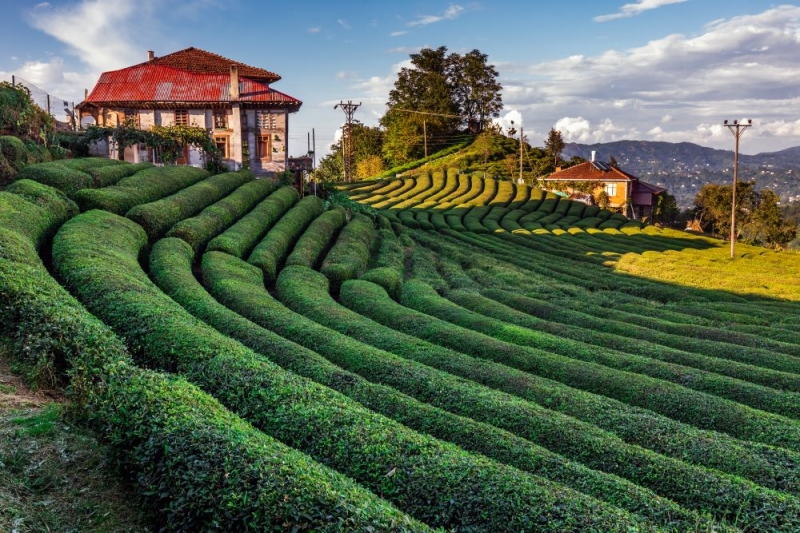
This is the main source of income for the province and the main tourist attraction that authorities hope to attract travelers with in recent years. The surroundings of the main city of Rize – Pontic ridges – are surrounded by green mountain forests and flowering meadows, suspiciously reminiscent of the Alps – even the houses are the same! Streams and rivers run along the slopes, and above the tea gardens you can see the snow-capped peaks of three thousand meters. 50,000 hectares of the province’s land are occupied by the ecologically protected Kachkar Park – all these beauties are on its territory. And an hour’s drive from coastal Rize is Palowit Waterfall, which is exactly like the Balinese Nung Nung.

In the neighboring province of Trabzon the relief of the Pontic Mountains created one of the most impressive sights of the Black Sea region – the valley of Lake Uzungol. It looks, of course, not at all like a Turkish lake, but like part of some Norwegian fjord, and there is even a trout farm. On the banks of Uzungol there is a small village replete with fish restaurants and offers for tourists: fishing, river rafting, trekking and other popular entertainment. Most people here go hiking in the mountains, and doing so is quite convenient: there is no need to sleep in tents – there are many small chalet hotels in the surrounding area. For example, along the Demirkapi River there is a Sekersu Hotel. The room can be booked for 3100 rubles* per person.
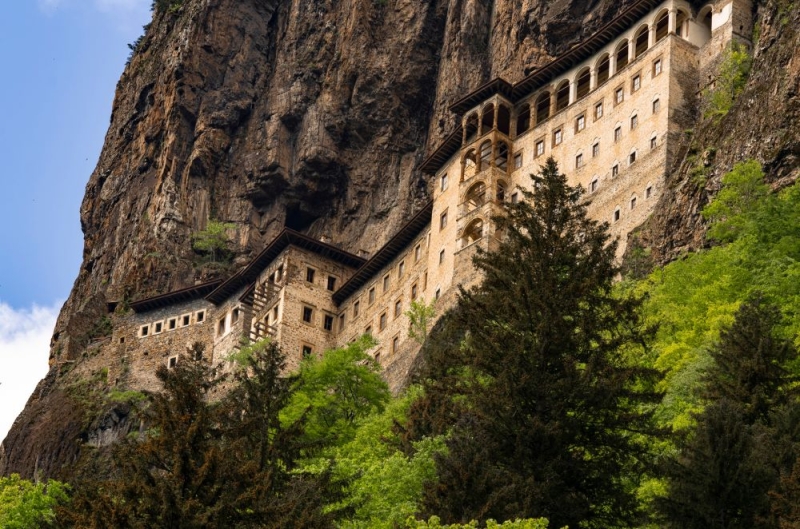
Another breathtaking location in Trabzon province is Panagia Sumela Monastery. It was built more than 1,500 years ago right inside the chalk rock, literally on a cliff. There were many sad pages in the history of this place; it is a miracle that the complex has survived to this day.
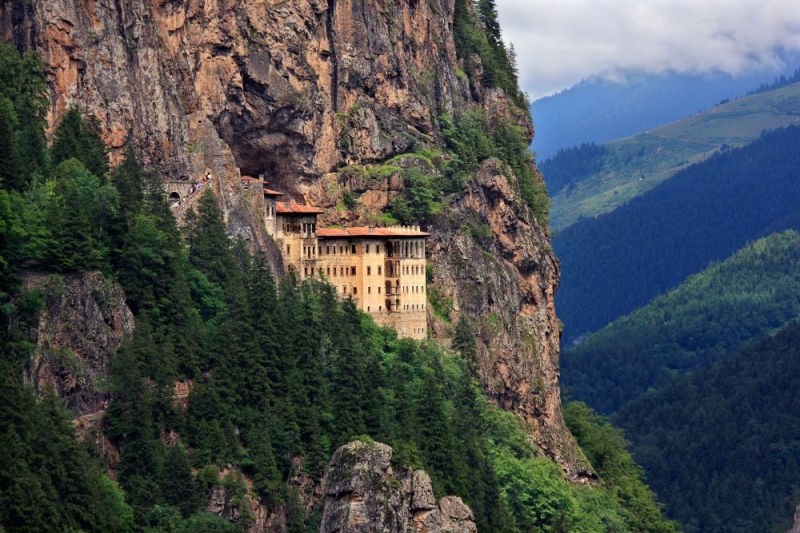
It stands, although it would be more accurate to say, it hangs today at an altitude of 1300 meters above sea level, sparkling with its red tiled roof and stonework, as if it came here from Prague.
It seems that a trip to unusual locations in Turkey can replace a visit to almost a dozen other countries and regions. At least until the world fully opens to travelers again.
Our “Where to Go” project will help you with ideas for your upcoming vacation. You choose the month and city of departure, and we offer the most interesting and affordable options – with ticket prices and information about restrictions for tourists.
*Prices valid at time of publication

